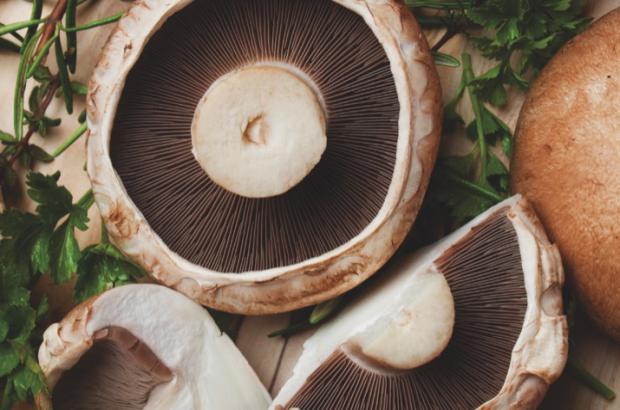Article
Asiago

Asiago cheese hails from the high plateaus in the Alps of Northern Italy, where farmers have been producing it since 1000 AD. It's made from the thick, rich, unpasteurized milk of cow's grazing the mountain grasses of the Asiago plateau, where it gets its protected designation of origin (DOP).
There are two types of Asiago cheese, which differ in taste and texture. Fresh Asiago (Asiago Pressato, dolce or fresco) is a lightly-pressed cheese made from whole milk. It's aged just about a month, then sold fresh. Off-white and springy, it has a mild, clean taste and smooth texture. Asiago d'Allevo is a more mature cheese, made with a combination of whole and skim milk. It's yellower than fresh Asiago, with a flavor and aroma that becomes stronger and more complex as it ages. Fruity, nutty and slightly sharp, it's been described as a mix of Parmesan and cheddar. Its texture, too, changes as it ages, becoming more compact and granular, yellowish with small holes. Asiago d'Allevo that's been aged for four to six months is called Mezzano; for more than ten months it's dubbed Vecchio; and for two years or more it's labeled Stravecchio.
Fresh Asiago is delightful on a fruit tray or served with crackers and lunchmeat and a light, fruity wine.
Aged Asiago can be grated or sliced. Use it to top salads, soups, omelets and sauces. Sprinkle it over pasta, grain, and potato dishes, too; it makes a luscious potatoes au gratin. And be sure to try it on paninis and other sandwiches, like this quick and easy Mixed Greens and Asiago Hoagie.
As an appetizer, Asiago is a good accompaniment for speck (a cured pork, prosciutto-like meat produced in the same region as Asiago); simply wrap speck or another strip of cooked meat around a piece of Asiago for a pleasing snack.
Keep in mind that you can also substitute Asiago any time you might use Parmesan or Romano cheeses. Think salads and dipping sauces, pizzas and breads (pair it with plenty of garlic and Italian seasoning atop a fresh batch of focaccia, for example).
For storage, rewrap Asiago in cheese wrap or parchment paper and place in the refrigerator. Fresh Asiago will keep for about ten days. The Asiago d'Allevo will keep for a long time—several months in the refrigerator and eight months in the freezer (wrapped in foil). If mold develops while the cheese is in the refrigerator, simply cut away an inch around it and rewrap in fresh paper.
Savor the soft Asiago as a special treat, and stock up on the aged version of this mountain cheese for everything from salads to soups and sandwiches.













